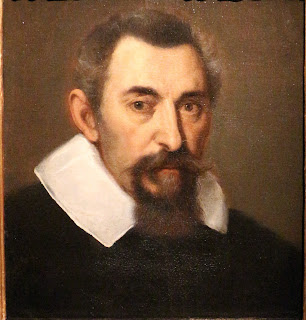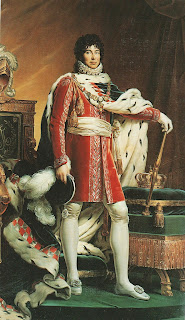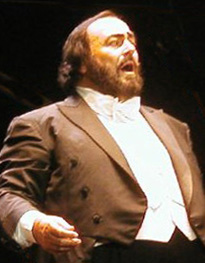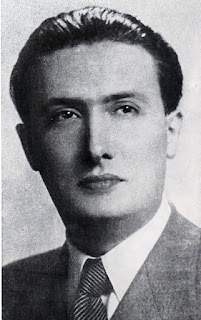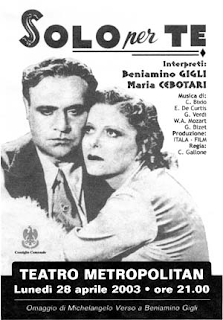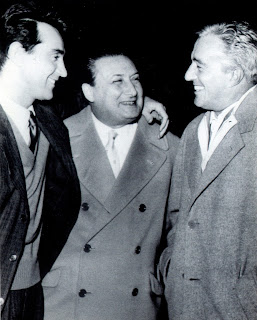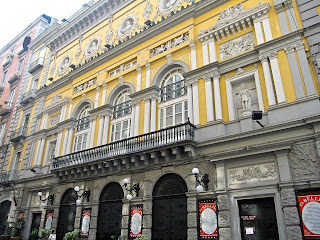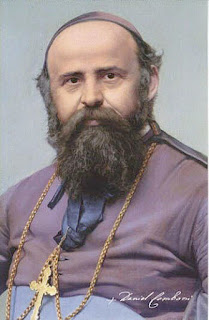How Karol Wojtyla became first non-Italian pope for 455 years
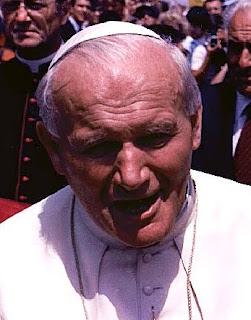 |
| Pope John Paul II |
The result of the second Papal conclave in what became known as the Year of the Three Popes was announced after eight ballots. The new pontiff succeeded Pope John Paul I, who had died on September 28 after only 33 days in office, who had himself followed Pope Paul VI, who had passed away in August after reigning for 15 years.
The new man chosen was 58-year-old Cardinal Karol Wojtyla, then Archbishop of Kraków, the first non-Italian to hold office for 455 years since the Dutch Pope Adam VI, who served from 1522-23.
Wojtyla's stand against Poland's Communist regime had brought him respect but he was not seen as a Vatican favourite and his elevation to the highest office stunned the Catholic world.
Yet he would go on to become one of the most familiar faces in the world, remaining in post for almost 27 years, which made him the second longest-serving pope in modern history after Pope Pius IX. He visited 129 countries, beatified 1,340 people and canonised 483 saints.
He was a dynamic and approachable pope, which only enhanced his popularity. Yet to his critics, John Paul II was an arch-conservative who reinforced the Catholic Church's autocratic stance on abortion, contraception and women's rights.
On the other hand, others hail his enlightenment at having helped end Communist rule in his native Poland and eventually all of Europe, at the same time improving the Catholic Church's relations with Judaism, Islam, the Eastern Orthodox Church, and the Anglican Communion.
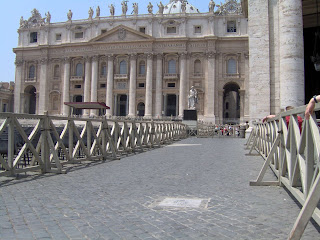 |
| A stone tablet marks the spot outside St Peter's Basilica where Mehmet Ali Agca attempted to kill Pope John Paul II in 1981 |
Throughout his time in office, he always wanted to get as close to the public as possible, even when huge crowds turned out to see and hear him. He survived an attempted assassination in May 1981 when, leaning out of his vehicle in St Peter's Square, he was shot and seriously wounded by a Turkish fanatic, Mehmet Ali Agca.
It was his role in the break-up of the Soviet bloc that was his most significant legacy. When Mikhail Gorbachev visited Rome in 1989 it was the first time a Soviet leader had crossed the threshold of St Peter's, and the understanding between the two men is acknowledged as having eased the transition to democracy in the eastern bloc.
Yet critics saw his support for freedom from oppression for Poles and other Eastern Europeans as at odds with his anti-liberal position on other matters. He called for action to combat world poverty yet insisted that contraception was morally unacceptable even with the need to curb population growth, and while declaring that he wanted to improve the status of women he also stressed that motherhood should be a woman's first aspiration.
 |
| The beatification ceremony at St Peter's in 2011 attracted huge crowds |
Increasingly frail in his later years although still insisting on maintaining a punishing schedule of travel and public appearances, he died in March 2005, having been treated in hospital for pneumonia the previous month.
Pope John Paul II became Pope Saint John Paul II just nine years after his death after a campaign that began at his funeral when crowds began chanting 'Santo subito' - literally meaning 'Saint immediately' - in recognition of his achievements.
He was beatified in 2011 by his successor Pope Benedict XVI and canonised in 2014 by Pope Francis after two women claimed their prayers to John Paul II had resulted in miracle cures, in one case from advanced Parkinson's Disease and in the other from a brain aneurysm.
Travel tip:
The stunning Renaissance Basilica of St Peter in Rome is believed to be the largest church in the world and was built to replace the original fourth century Basilica that had been constructed on what was believed to be the burial site of St Peter. Bramante, Michelangelo and Bernini all contributed to the design of the 16th century structure. Located within Vatican City, the Basilica is approached along Via della Conciliazione and through the vast space of St Peter’s Square. The magnificent central dome of the Basilica dominates the skyline of Rome and the balcony above the entrance, where the Pope makes appearances, is instantly recognisable because of the many times it has been shown on television.
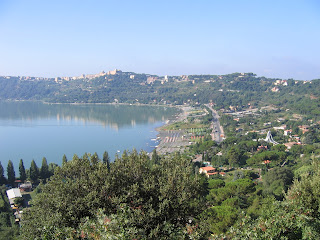 |
| The pope's summer residence at Castel Gandolfo overlooks Lake Albano |
Castel Gandolfo, where Pope John Paul II spent a lot of time while recovering from the attempt on his life, overlooks Lake Albano from its wonderful position in the hills south of Rome. It is traditional for the Pope to take up residence every summer in the Apostolic Palace there. Although his villa lies within the town’s boundaries, it is one of the properties of the Holy See. The palace is not under Italian jurisdiction and is policed by the Swiss Guard. The whole area is part of the regional park of Castelli Romani and there are many places of historic and artistic interest to see there.
More reading:
The day Pope John Paul II came face to face with his would-be killer
(Photo of Lake Albano by Gaucho CC BY-SA 3.0)
Home




